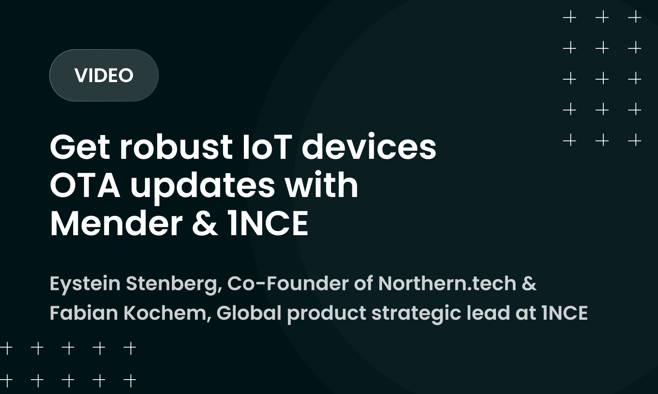The embedded systems industry is struggling to bring devices online online safely because of the security risks involved in connecting devices at a large scale. The idea of connecting devices to the Internet of Things (IoT), isn't new – but with so many devices being connected and numerous hacking incidents, especially with critical devices like medical equipment and connected cars, security and safety is paramount when bringing devices online.
One big concern is ensuring we can update and fix vulnerable IoT devices. Unfortunately, the software update mechanism is typically a pretty basic homemade solution for many embedded development teams, lacking the features to ensure security and robustness in the update process.
Updating software on connected devices is different from other parts of the IoT world, like cloud infrastructure. That's because we have to assume that these devices might not always be reliable. They might have bad internet connections, run out of battery, get physically damaged, or be used in unexpected ways by people.
In this paper, we discuss:
- The need for an OTA update mechanism to have the ability to manage a large fleet of connected devices
- Security and robustness of a software update solution to ensure the resiliency of the embedded systems
- Why an OTA mechanism needs to easily expose APIs to hook into existing continuous development, build and integration systems.
* Fill out the form below to get this content sent to your inbox.
Download the PDF
Related resources
Some similar resources you may also be interested in


